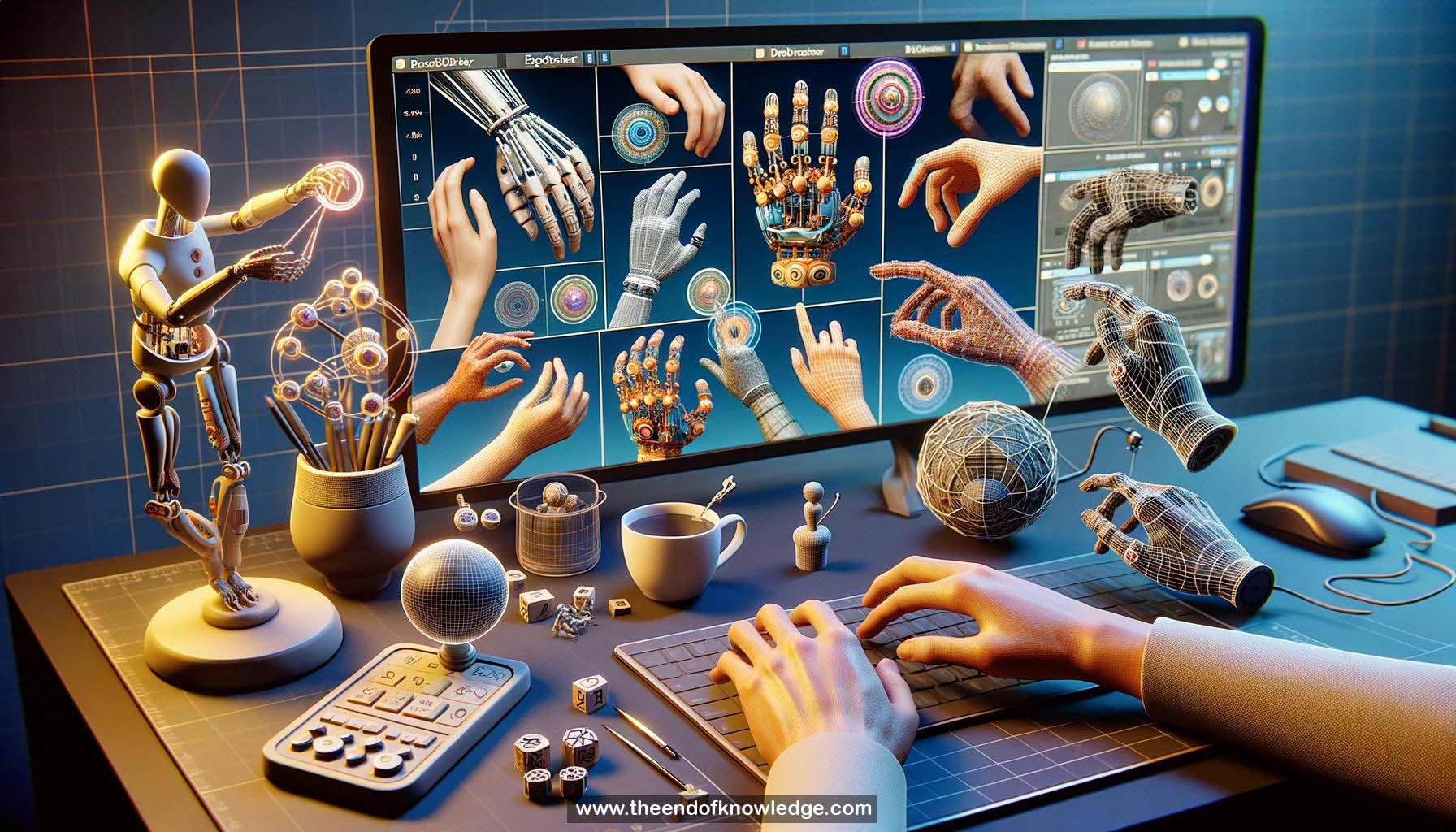 >
>
Concept Graph & Resume using Claude 3 Opus | Chat GPT4o | Llama 3:
Resume:
1.- Hand pose prediction successful in hand-only scenarios, but not yet with hand-object interactions.
2.- Goal is to enable successful hand pose prediction with object interactions.
3.- Previous work had issues populating new datasets due to limitations.
4.- Comparing Dex-YCB and Ego-Dexter datasets - real sequences but limited quantity and 3D annotations.
5.- HO-3D dataset has fuller 3D annotations but synthetic appearance differs from real.
6.- Using synthetic data causes hand pose prediction to fail on real sequences.
7.- Marker-based mocap sets have RGB images if sensors used, but gaps remain.
8.- Small real datasets built via 3D model fitting and manual refinement have better quality but require manual effort.
9.- Large datasets from video games remain problematic due to lack of 3D annotations.
10.- Combining small real datasets with larger synthetic ones through 3D model fitting.
11.- Need to bridge gap between limited real data and abundant synthetic data.
12.- Main idea: Utilize image-level supervision in RGB images, propagate to hands-only images, then to 3D skeleton supervision.
13.- Use cycle-consistency to map back to original image space.
14.- Obtain 3D pose supervision via differentiable rendering.
15.- Pipeline involves generator, discriminator, and differentiable renderer.
16.- Generate synthetic hands-only image X' by rendering 3D hand mesh.
17.- Map synthetic X' to real image X using generator network.
18.- Train GAN to synthesize new mixed image X'' preserving hand structure.
19.- Predict 3D hand mesh and pose from X'' using 2D pose estimator and differentiable renderer.
20.- Train discriminator network to enforce GAN objective at image level.
21.- Leverage existing RGB hand pose datasets and synthetic hand-object images to train full pipeline.
22.- Fine-tune on small datasets with real 3D pose annotations.
23.- Optionally utilize datasets with 3D annotations and hand-object interactions if available.
24.- Weakly-supervised domain adaptation helps bridge gap between synthetic and real data.
25.- Maintain performance on hands-only benchmark while enabling generalization to hand-object scenarios.
26.- Qualitative results visualize inputs, initial mesh prediction, translated full image, and final mesh prediction.
27.- Tests on HO-3D, EgoDexter, Dexter+Object datasets demonstrate method's effectiveness.
28.- Combines advances in 2D pose estimation, GANs, and differentiable rendering.
29.- Allows training pose estimator without requiring large annotated real datasets.
30.- Enables progress on challenging problem of 3D hand pose estimation under object interactions.
Knowledge Vault built byDavid Vivancos 2024